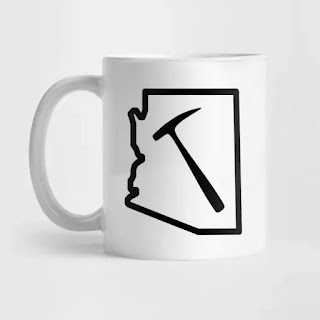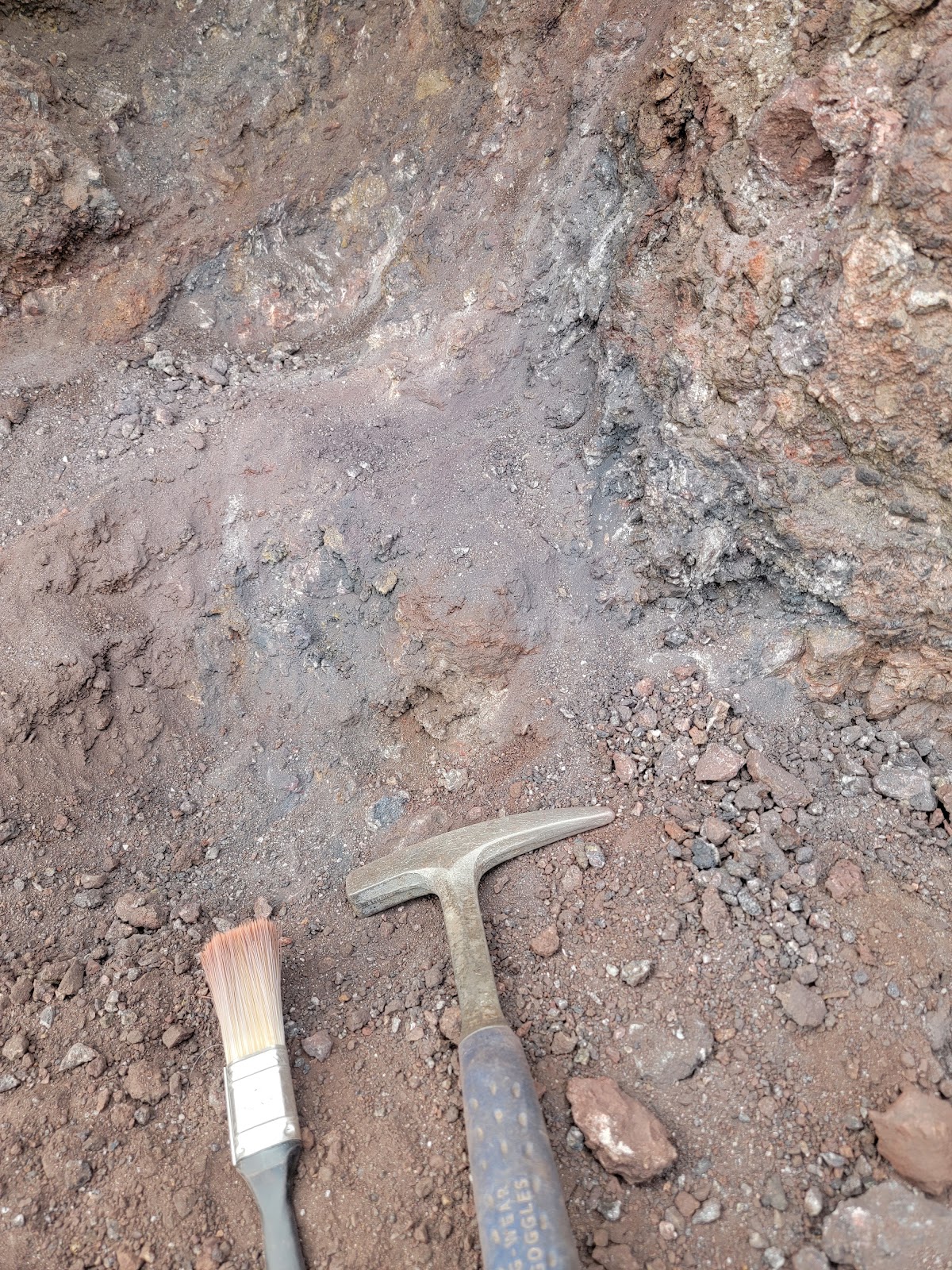Living in Arizona long enough, you eventually pick up a thing or two about copper — whether you’re trying to or not.
Drive through places like Bisbee, Jerome, or Morenci, and you’re not just seeing towns — you’re rolling through chapters of Arizona’s mining history, places where communities grew up around copper and where geology shaped destinies.
And if you spend enough time out here — in the desert, around rock shops, or listening to old timers at a diner — you’ll eventually learn the difference between malachite, azurite, and chrysocolla, without even realizing it.
Arizona’s World-Class Copper Deposits
Major Copper Mining Areas:
- Globe-Miami, Ray, and Bagdad - Other significant mining towns with long histories and still-active operations.
The Three Layers of a Copper Deposit
- This is where oxygen, water, and CO₂ react with primary copper sulfides.
- You get beautiful green and blue minerals like:
- - Malachite (Cu₂(CO₃)(OH)₂)
- - Azurite (Cu₃(CO₃)₂(OH)₂)
- - Chrysocolla (hydrated copper silicate)
- - Cuprite, and even native copper
- Copper-rich water seeps downward and re-precipitates copper sulfides in higher concentrations.
- Minerals like chalcocite and covellite form here.
- This zone can be economically valuable because copper grades are enriched.
- Contains original copper sulfides like:
- - Chalcopyrite
- - Bornite
- - Pyrite
 |
| Pyrite Rock Specimen (this one's not from Arizona) |
Common Copper Oxide Minerals You’ll See in Arizona
- Forms in the oxidation zone as copper reacts with carbonate and water.
- Soft and easily scratched, but striking in appearance.
- Often alters into malachite over time with exposure to water.
- Rare and beautiful - highly collectible.
- Forms when copper reacts with silica rather than carbonate.
- Less structured, softer, and can resemble turquoise.
- Common in Arizona’s weathered copper zones.
What’s Happening Chemically?
Copper sulfides (like chalcopyrite) break down when exposed to air and rainwater.
This reaction releases sulfuric acid and copper ions (Cu²⁺) into groundwater.
2. Carbonate Minerals Form
When CO₂ from the atmosphere dissolves into water, it forms carbonic acid, which then reacts with copper:
- Forms malachite and azurite.
3. Silicate Minerals Like Chrysocolla
If silica is present (from weathered volcanic or granitic rocks), copper bonds with it to form chrysocolla, a hydrated gel that later hardens.
 |
| Tumbled Copper Ore Stones |
The Environment Plays a Huge Role
- CO₂ availability: Needed to form carbonate minerals.
- Water movement: Transports dissolved ions.
- Silica presence: Essential for chrysocolla.
- Time: These reactions play out over thousands to millions of years.
Final Thoughts
Whether you’re studying geology, hoarding rocks like a caffeinated prospector the way I do, or just out in your 4x4 trying not to get stuck in a wash, Arizona’s copper story is everywhere. It’s scrawled across road cuts, whispered through ghost towns, and practically winks at you from every piece of jewelry at a roadside stand.
So next time you're bouncing down a dusty trail and spot a bright green or deep blue rock, don’t just kick it aside — that could be a chunk of malachite with a better backstory than your Jeep (prove me wrong). Around here, even the rocks have history, and some of them probably have ghost town gossip to spill.
 |
| Arizona State Geology Hat |
 |
| Arizona State Geology T-Shirt |
 |
| Arizona State Geology Sticker |
 |
| Arizona State Geology Coffee Mug |



































